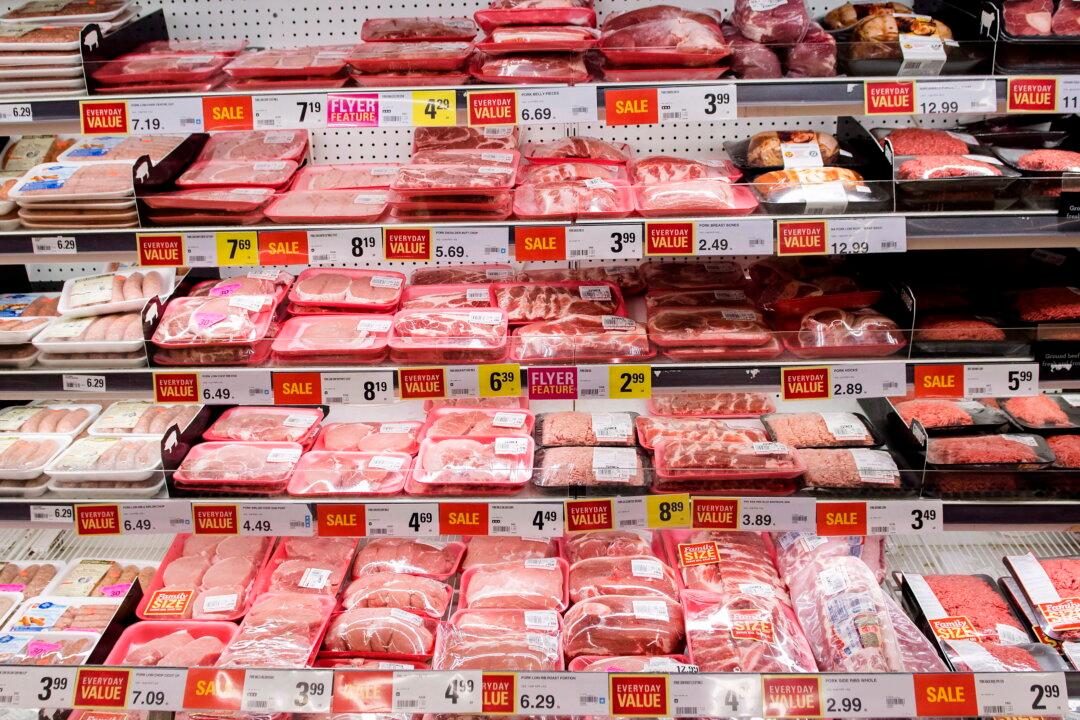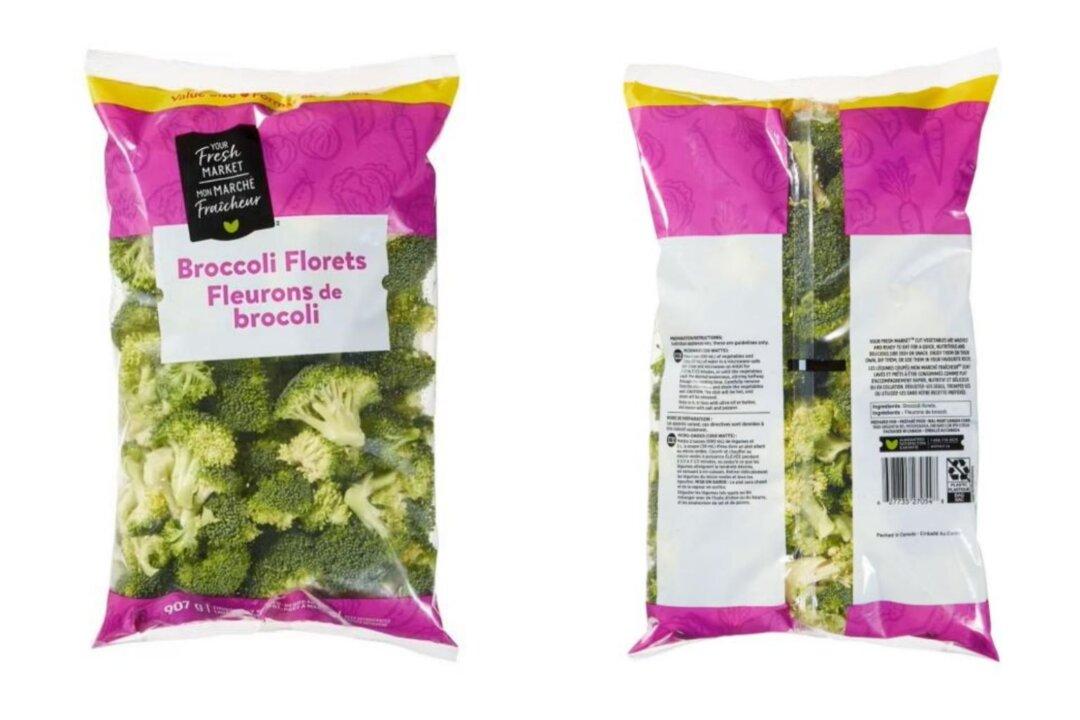Industry insiders and experts are predicting double-digit percentage price hikes on certain food and consumer goods in 2022, continuing the current trend of a rising cost of living.
Canadians can expect to see a minimum 20 percent price increase on groceries and essential products, such as food, toilet paper, pharmaceuticals, home building materials, and gasoline due to supply chain challenges, said Ron Foxcroft, founder and CEO of Fox 40 International Inc., a Hamilton, Ont.-based company specializing in sporting and marine products that are sold in 140 countries.





